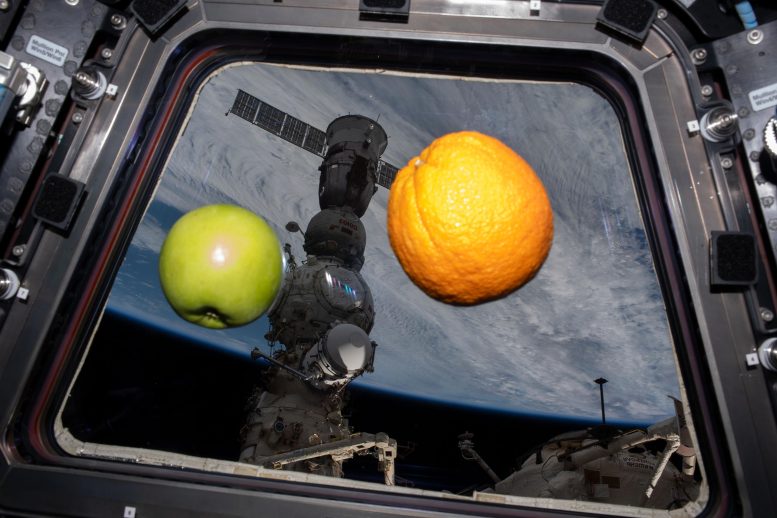
An apple and an orange are pictured floating weightlessly in the International Space Station’s cupola. Seen outside the cupola, is the Soyuz MS-23 crew ship docked to the Prichal docking module which is attached to the Nauka science module. Credit: NASA
The Expedition 69 crew aboard the International Space Station pointed its research program toward cancer therapies, vein scans, and space manufacturing on Thursday, August 17. Additionally, the ISS will see a Roscosmos cargo craft and a SpaceX crew spacecraft arrive next week.
Science endeavors aboard the orbital outpost can help doctors develop innovative treatments for various health conditions on Earth. The weightless environment can reveal new phenomena offering unique insights impossible to discover in laboratories on Earth.
Stem Cell Research and Medical Scans
Flight Engineers Frank Rubio of NASA and Sultan Alneyadi from the UAE worked in the Microgravity Science Glovebox to service stem cell samples. The goal is to understand how to boost their production in a space environment. The data from this research is expected to elucidate the potential of these space-grown stem cells in pioneering better treatments for blood diseases and cancer.
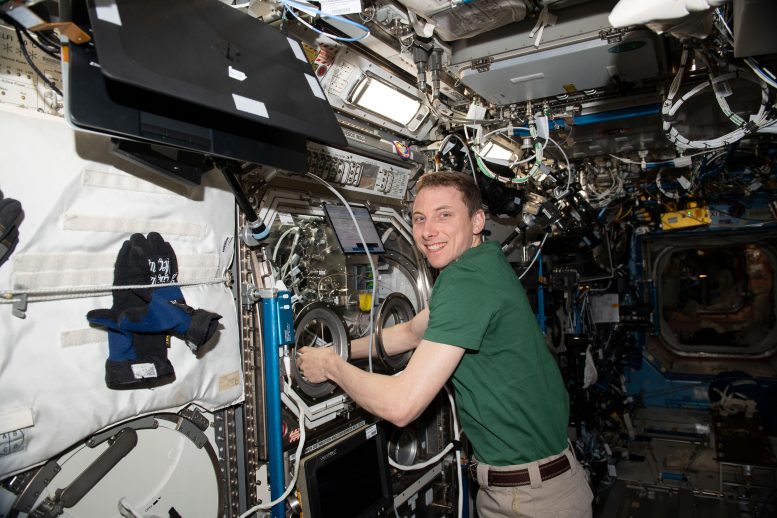
NASA astronaut and Expedition 69 Flight Engineer Woody Hoburg works on physics research inside the Destiny laboratory module’s Microgravity Science Glovebox. The SUBSA-μgGA investigation seeks to create a superior graphene aerogel, a synthetic material with high porosity and low density, in microgravity benefitting both Earth and space industries such as power storage, environmental protection, and chemical sensing. Credit: NASA
Later, Rubio collaborated with NASA Flight Engineer Woody Hoburg for vein scans. Using the Ultrasound 2 device situated in the Columbus laboratory module, they examined their neck, shoulder, and knee regions. They sought potential blood clots induced by space conditions, all while receiving real-time guidance from earthbound flight surgeons.
Space Manufacturing and Gravity Adaptation
Earlier that day, Hoburg aided NASA Flight Engineer Stephen Bowen in exchanging graphene aerogel samples for a space manufacturing experiment. This physics research aims to create a consistent, superior material with applications in power storage, environmental conservation, and chemical detection.
Roscosmos cosmonauts Sergey Prokopyev and Andrey Fedyaev once again tried on a specialized suit on Thursday testing its ability to help them adapt to Earth’s gravity. The cosmonauts are evaluating the lower body negative pressure suit for its potential to redistribute fluids that have pooled in the upper body due to microgravity toward the lower extremities.
Upcoming Activities and Missions
Dmitri Petelin, a Roscosmos Flight Engineer, dedicated his day to practicing piloting and robotic maneuvers for potential use in future planetary expeditions. Additionally, he invested time in capturing Earth imagery and attending to science equipment maintenance.
The ISS Progress 83 cargo craft is slated to conclude its six-month tenure at the ISS this Sunday, detaching from the Zvezda service module at 7:48 p.m. EDT. Its successor, the ISS Progress 85, will assume its position on Thursday, August 24, docking with the Zvezda just two days post-launch from the Baikonur Cosmodrome in Kazakhstan.
In a closely timed event, a mere four hours post the Progress 85’s arrival, the SpaceX Dragon crew spacecraft will lift off from the Kennedy Space Center. This Crew-7 mission is set to connect with the Harmony module of the ISS a day after its launch. The four onboard astronauts will then commence their six-month space research expedition.


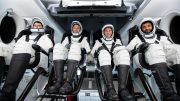


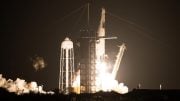
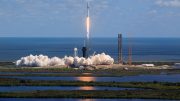
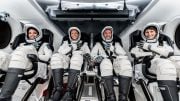
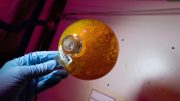
Be the first to comment on "Zero-G Labs: Biomedical, Physics Research on ISS As Cargo and Crew Missions Near Launch"